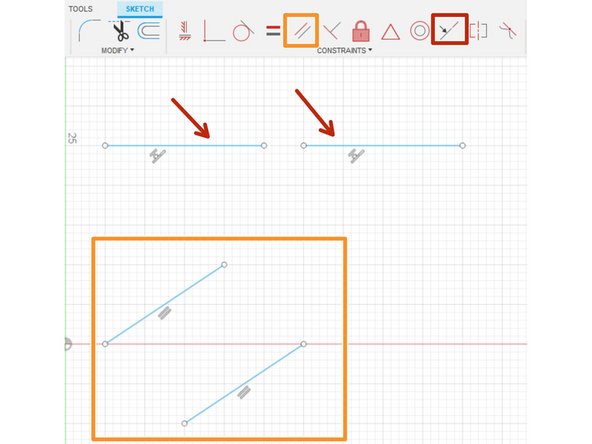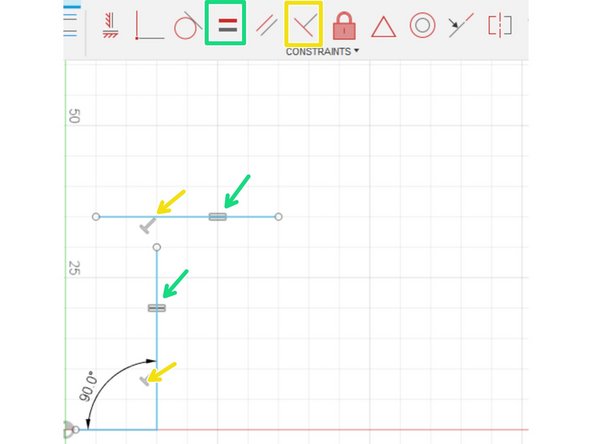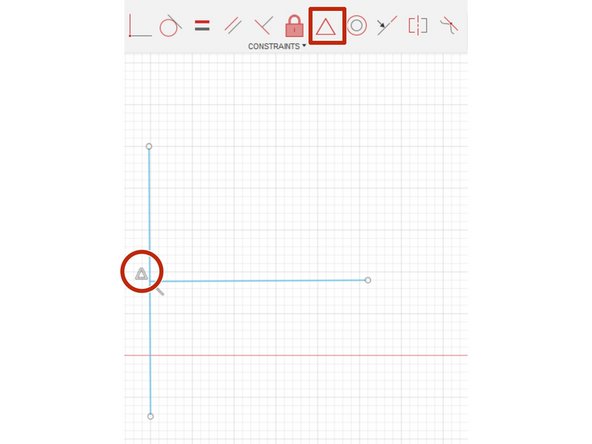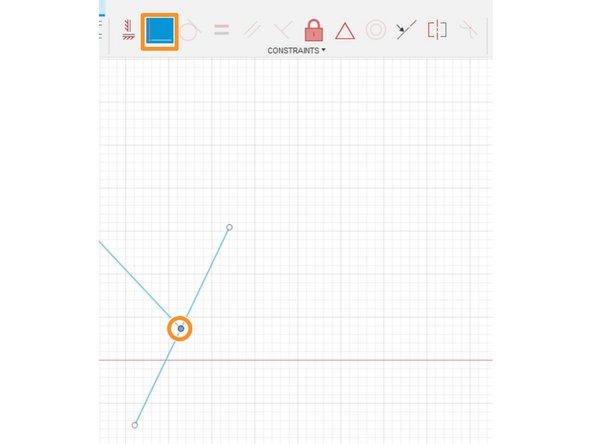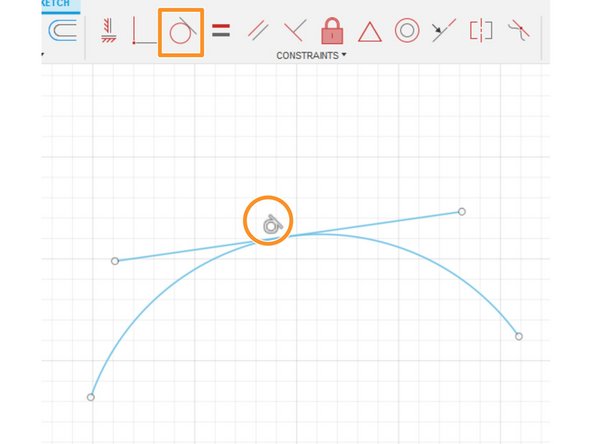Introduction
Sketch constraints pin one sketch feature to another and are critical to maximizing parametric modeling techniques.
-
-
Let's begin with a sketch of a rectangle 55 mm long in the y-axis
-
If we want to make the rectangle 20 mm long in the y-axis, we might add a sketch dimension to one of the y-axis sides.
-
However, no command exists to keep the sides of the rectangle perpendicular. Once we change the length of one side, the rectangle deforms into an irregular quadrilateral. Three of the vertices no longer have right angles.
-
Constraints reduce the degrees of freedom of sketch features, often in relation to other features. If we constrained the sides of the rectangle to remain perpendicular, adding a dimension to one side would correctly alter the rectangle.
-
By fixing sketch features relative to each other, constraints make precise dimensioning and parametric modeling much easier.
-
-
-
The fix and horizontal/vertical constraints reduce the degrees of freedom of sketch features independently
-
The horizontal/vertical constraint makes a line aligned with either the horizontal or vertical axis
-
The fix constraint locks a feature's location and size
-
-
-
The perpendicular, parallel, equal, and co-linear constrain lines relative to each other even if they are not touching
-
The co-linear constraint keeps two separate lines or points on the same axis
-
The parallel constraint keeps two separate lines parallel
-
The perpendicular constrain keeps two separate or connected lines at a 90 degree angle
-
The equal constraint makes the length of two lines equal to each other
-
Note that altering the angle of one line automatically altered the angle of another given the constraints applied
-
-
-
The midpoint and coincident constraints pin lines or curves together
-
The midpoint constraint insures that one line or curve intersects at the midpoint of another
-
The coincident constraint connects two lines, curves, or points
-
-
-
The concentric and tangent constraints help define the relationship between two curves or a curve and a line
-
The concentric constraint ensures that two circles or curves have the same center point
-
The tangent constraint makes a line tangent to a selected curve
-
Cancel: I did not complete this guide.
One other person completed this guide.





